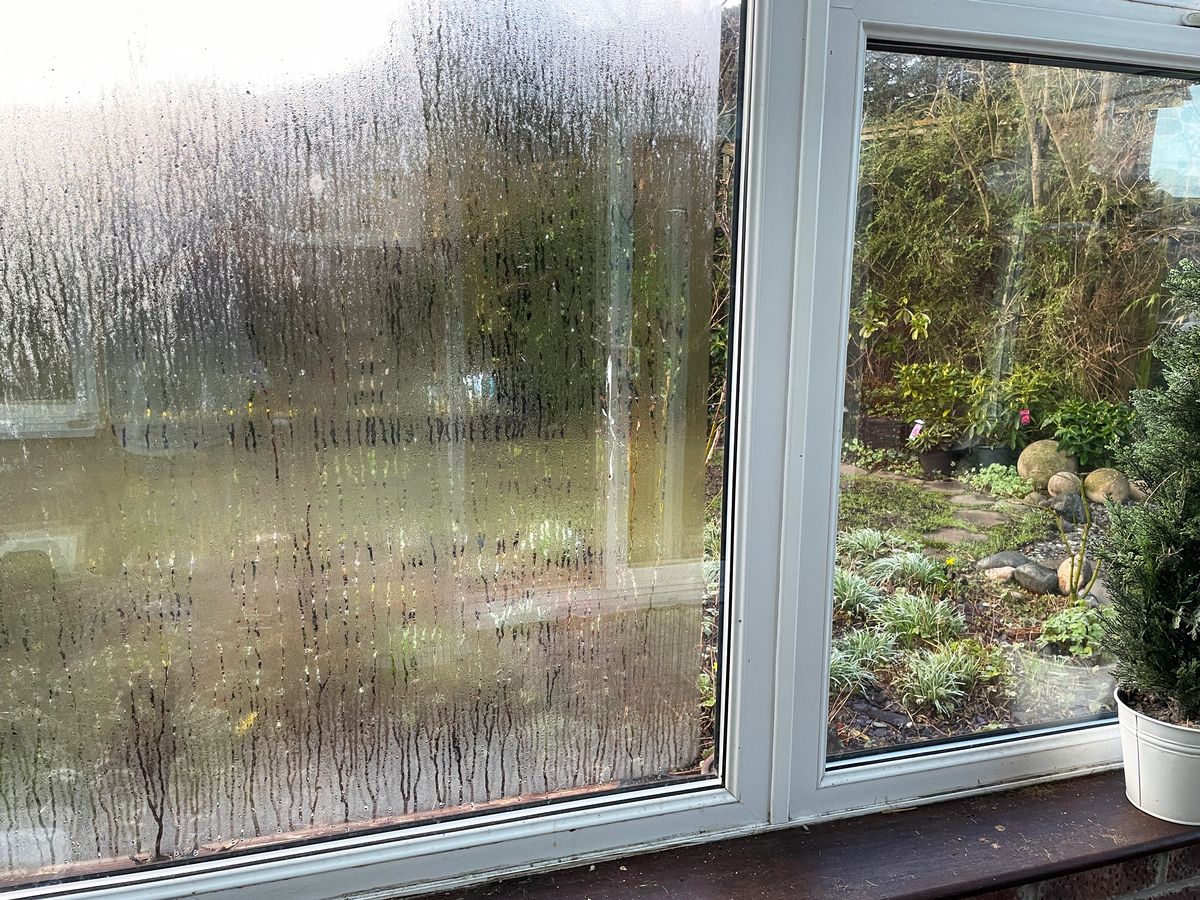By Phoebe Jobling
Copyright manchestereveningnews

UK households are being told to leave a bowl of rice on windowsills to prevent condensation. As the summer weather starts to disappear and the autumn chill creeps in, people may begin noticing condensation forming inside their homes. This can happen when homes aren’t heated evenly or effectively, but even when they are, it can cost households an eye-watering amount just to prevent damp from developing. Condensation currently affects almost one in five UK homes, and when leading to damp and mould, it can result in serious health consequences such as respiratory illness and skin rashes if left untreated. Sign up to our Manchester property newsletter here An insulation expert has now shared their essential advice to prevent condensation in your home, while improving heating efficiency and saving on energy costs. “Condensation is a huge problem for many homes in the UK, with nearly one in five reporting issues with condensation damp,” said Chad Bragg, chief technical officer at SuperFOIL. “It’s more than just a nuisance that shows up in the colder months. If left untreated, the moisture from condensation can create damp and mould, which in turn may lead to health problems such as respiratory illnesses and skin irritation. “Many people assume tackling the causes of condensation is expensive, but that’s not the case if you act quickly. Small changes, like adding radiator reflectors to keep rooms warmer, or bringing in spider plants to soak up some of the extra moisture, can make a big difference in stopping damp and mould from taking hold. “By taking simple, affordable steps early on, homeowners can protect both their health and their property from the damaging effects of condensation.” Here are Chad’s top tips for UK households to help prevent condensation, including installing radiator reflectors, using bowls of rice and bleeding radiators. The unusual 50p trick has often been used to ‘save’ phones that have submerged in water, but it can be a great way to absorb moisture from windows too. “Overnight, we breathe out warm, moist air, which becomes trapped in the room, especially if the bedroom door is kept closed and ventilation is limited,” Chad explains. “When this moist air comes into contact with the cold glass, it condenses into water droplets, leading to a damp windowsill in the morning. “Rice is naturally absorbent, and it works by drawing in excess moisture from the air. By leaving a bowl of rice on the windowsill, you create a simple, low-cost dehumidifier that reduces the amount of water in the air, helping to prevent condensation buildup. “While it won’t solve the root cause of poor ventilation, it’s a quick and easy hack to reduce moisture and protect your windows and sills from damp.” “Trapped air in radiators can accumulate over time, making it harder for heat to circulate effectively, which can result in higher energy costs. Bleed them once a year to ensure they don’t lose efficiency,” explains Chad. “The process can be a quick job, only requiring a radiator key, and can be done without professional help. “Regular bleeding not only keeps heating bills down but also extends the overall lifespan of your central heating system.” “Condensation forms when warm, moist air hits cold surfaces such as a window, and the surface turns damp,” Chad says. “Installing radiator reflectors, which are often made with recycled materials, can bounce up to 95 per cent of heat back into the room and warm up the space more effectively. “They reflect the heat away from the wall and back into the room, raising the temperature of the internal space, which often results in homeowners being able to turn the thermostat down by up to three degrees.” Some indoor plants provide a natural way to help improve indoor humidity levels inside a home. “Certain species, such as spider plants and peace lilies, are especially effective at absorbing excess moisture from the air, and are relatively low-maintenance to look after,” Chad suggests. “These plants can be particularly useful in rooms such as bedrooms and bathrooms where condensation builds up due to higher moisture levels, helping to keep the air drier and reduce damp-related issues.” Furniture placement is key for reducing condensation, with Chad recommending: “Make sure you don’t have any furniture items such as beds or sofas blocking radiators, as this can trap heat and stop it from circulating effectively. “Blocking radiators not only reduces the overall warmth of the space but can also create cold spots around the room, increasing the likelihood of condensation forming on nearby walls and windows.” “Cost-effective solutions such as window reflector kits can help boost insulation around windows to keep your home at a comfortable temperature,” Chad says. “By reflecting heat back into the room and reducing draughts, they stop warmth escaping through the glass and help to cut heating costs while also keeping condensation at bay on cold window surfaces. “They’re especially useful in bedrooms and living rooms, where heat can escape most easily through large window panes.” Join the Manchester Evening News WhatsApp group HERE



